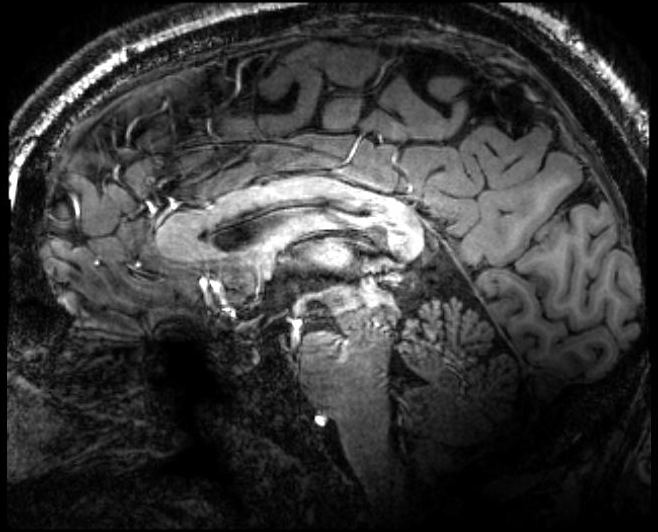How MRI works
I found it pretty difficult to figure out the basics of how MRI scanners work; because it is of course a very
complex subject but probably mostly because there is not much info out there that the lay person can
understand. It is well worth doing though as it is real fascinating stuff. They involve super conducting magnets,
quantum physics, near absolute zero temperatures and some mind blowing concepts.....what's not to like?
Of course to truly understand it all takes a super human brain, but to understand the basic concept of how they work
can be done by anyone willing to find out.
- just a taster of how extraordinary they are; watch
THIS animation of how the image is produced
(the actual result you get from an MRI scanner just looks like a
strange splodge - this is called K-Space, each pixel in K-space relates
to a simple sine wave, all these sine waves when added together produces
the final image - all to do with
fourier transform which is explained really well
HERE)
Below are links to some good sources of info I did find - The video
series is very good for how magnetic resonance works but I found it
confusing when it came to the image scanning and traversing K space etc.
If there is enough interest in this page and people seem to be having
the same problems I did understanding this, I may have a try at
explaining it here - so let me know if this would be of interest/use at
alanesq@disroot.org
I found these videos to be very good -
http://www.magritek.com/videos.html
Some good info here -
http://www.simplyphysics.com/MRIntro.html
more info here -
http://www.revisemri.com/tutorials/
Wikipedia entry on MRI I also found helpful -
http://en.wikipedia.org/wiki/Mri
Interesting Fact: They
used to be called N.M.R.I. standing for Nuclear Magnetic Resonance
Imaging but the use of the word nuclear scared people as they don't
understand what it actually means and so they were re named
M.R.I.. It has been suggested that this name change has saved
countless lives as it no longer put patients off going for the scan.
Misc
Links
If you found this interesting,
you may also like to have a look at my page on genetics - HERE






